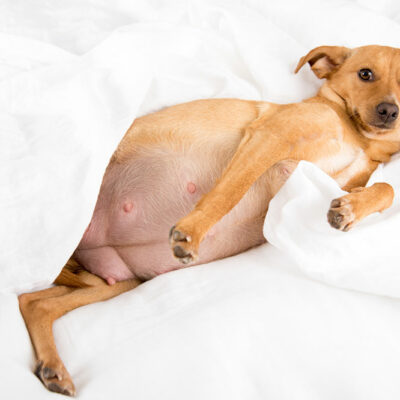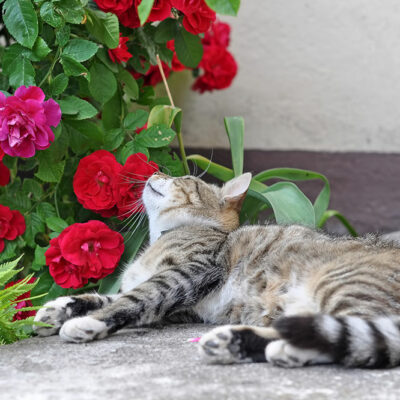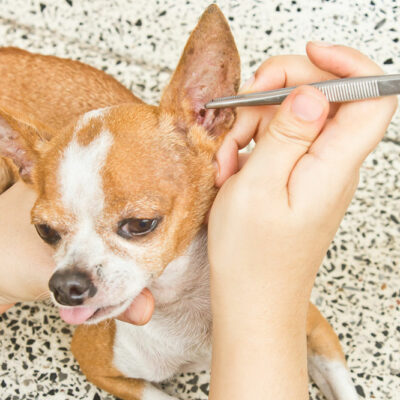
Overactive Bladder -Diagnosis and Treatment Options
Overactive bladder (OAB) is not a disease but refers to a group of urinary symptoms, including an uncontrolled urge to urinate. Frequent urination, feeling of urgency, and experiencing incontinence or leakage are a few symptoms that indicate the bladder’s activeness. These symptoms can negatively impact the quality of life and also cause a considerable amount of stress. It also affects your quality of work, social life, and sleep. Here are the diagnosis and treatment options for overactive bladder.
Diagnosis of overactive bladder
A strange urge to urinate, frequent urination, or urine leak are symptoms of OAB. The healthcare provider or the urologist will do certain tests to ensure no infection or blood in your urine. The doctor looks for some contributing factors to diagnose the over activeness of the bladder.
The diagnosis includes:
- Medical history
A medical history includes questions about current and past health issues. You should bring a list of prescriptive medications you take and tell your doctor about your diet and liquid intake during the day.
- Physical exam
These exams include a pelvic exam in women and a rectal exam in which the doctors feel the abdomen and check the organs in the pelvis and rectum.
- Other tests
Other tests may include urine tests to test for infection, or traces of blood, bladder scan to check the left-over urine in the bladder after using the restroom, or other abnormalities.
- Bladder diary
A bladder diary includes questions about your fluid intake, no. of times you urinate in the day, the amount of urine you leak, and the number of times you feel the urge to urinate. The bladder diary helps your doctor know about the severity of the symptoms.
- Neurological examination
At times neurological examinations are also conducted for identification of any abnormal reflexes or sensory problems.
Treatment options for overactive bladder
The over activeness of the bladder can be managed in several ways. Some known methods to control the symptoms are:
- Exercising the bladder muscles
Kegel exercises, biofeedback, or pelvic flicks are some exercises that help in tightening and strengthening the pelvic muscles, controlling the urge to urinate, and know more about your bladder.
- Changes in lifestyle
Avoiding foods and fluids that irritate the bladder, maintaining a bladder diary, following a urinating schedule, and training your bladder for delayed voiding are some lifestyle changes that can help manage the over activeness of the bladder.
- Maintaining a healthy weight
Maintaining a healthy weight can help in reducing or easing the symptoms of urinary incontinence.
- Using prescription medications
Certain medicines that help in relieving the symptoms of overactive bladder and reduces the urge to urinate.
- Nerve stimulation therapy
In this therapy, the nerves sharing the same path for the bladder receive electrical pulses from the brain for communication with the bladder to function properly.
These are some diagnosis and treatment options for overactive bladder.


